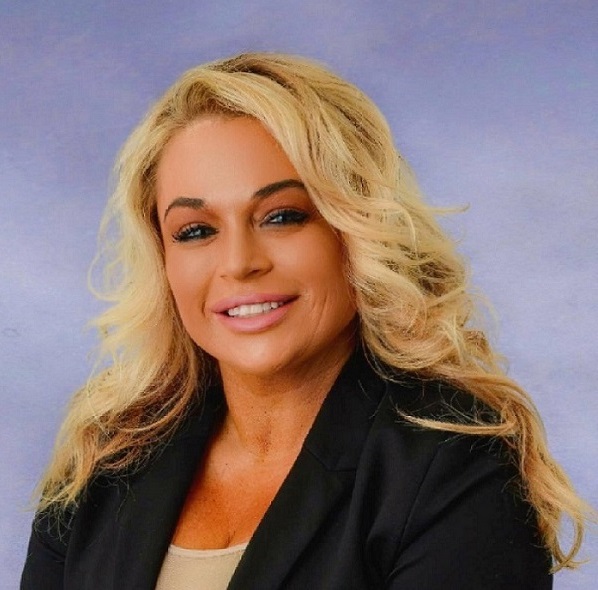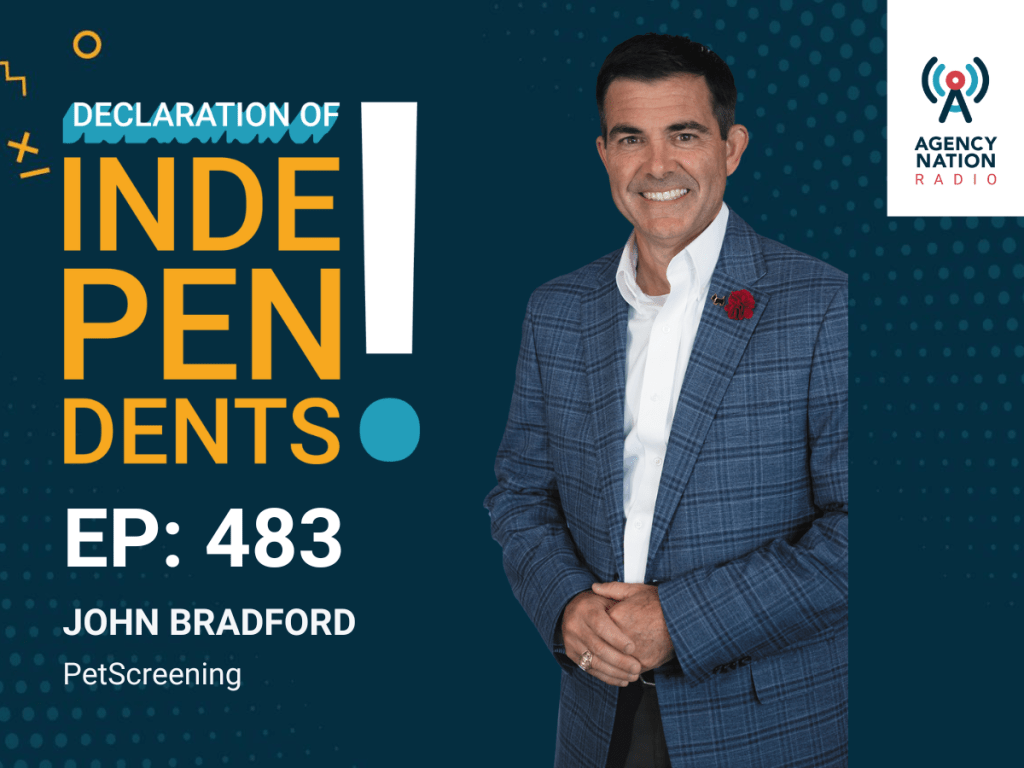Can Agents Justify Intentionally Underinsuring Homes?

By: Chris Boggs
An agency recently started competing against a handful of agents who are intentionally underinsuring homes, then using an extended replacement cost endorsement to increase the Coverage A limit by 50%. These agents tell the insured that their $750,000 house with a Coverage A limit of $500,000 is really insured for $750,000 due to the $25 endorsement—saving the insured hundreds of dollars in premium.
Q: I have always believed these endorsements were intended to offset a spike in construction costs or something unexpected, not as a tool to decrease Coverage A, and thus the premium.
How would this impact the insured if they have a significant claim? Any standard ISO homeowners policy states that the home must be insured to 80% of the actual cost to rebuild for replacement cost to apply. When the carriers make this determination, do they factor in the extended replacement cost endorsements? Or is it strictly based on Coverage A?
A: These agents are violating ISO rules, the requirements of the policy language and the intent of the endorsements. In short, they are committing fraud.
ISO Rule 407 addresses both guaranteed replacement cost endorsements (HO 04 11 and HO 04 20) as follows (emphasis mine):
“When either…option is selected, the Coverage A limit of liability shall be at least 100% of the full replacement cost of the property insured under Coverage A at policy inception or at the time the endorsement is added to the policy.”
These agents are not only violating the rules and guidelines of ISO—and likely the carrier. They are also misleading their insureds.
This practice also violates policy language. Both ISO endorsements specifically state that the additional limits apply as follows (emphasis mine):
“To the extent that coverage is provided, we agree to provide an additional amount of insurance in accordance with the following provisions:
“A. If you have:
- Allowed us to adjust the Coverage A limit of liability and the premium in accordance with:
- The property evaluations we make; and
- Any increases in inflation; and
- Notified us, within 30 days of completion, of any improvements, alterations or additions to the building insured under Coverage A which increase the replacement cost of the building by 5% or more;
the provisions of this endorsement will apply after a loss, provided you elect to repair or replace the damaged building.”
To garner the additional protection, the insured must agree to use the property valuations completed by the insurance carrier or the agent. If the agent either does not provide the valuations or alters them to get the value they want, that is a material misrepresentation, possibly fraud. If the carrier is complicit, that’s an even bigger problem.
You are correct about the intent of the endorsements; they’re safety nets, not a primary source of recovery. This is evident by the rate structure. The carrier expects to receive the required premium because the amount of coverage is supposed to be written to 100% of the value. The carrier is victimized by this undervaluing practice because it only receives an additional 3% of premium for the “up to” 50% increase in Coverage A. If this becomes a common practice, it will adversely affect carrier rates.
As for how this fraud will play out in a large property claim, that’s less clear. Attaching these endorsements effectively removes the 80% insurance to value requirement—also known as the coinsurance requirement—because the carrier anticipates coverage to 100% of the value.
It’s possible the carrier could void the endorsement for misrepresentation and failure to comply with the rules and policy language, in which case the coinsurance provision will be imposed on the insured. But there is no guarantee the carrier will take this action, even though it should.
I wonder if agents are depending on the provision stating that the policy premium will be increased to cover the additional limits, hoping this will avoid any problems from the carrier.
Chris Boggs is executive director of the Big “I” Virtual University (VU).
This question was originally submitted by an agent through the VU’s Ask an Expert Service. Answers to other coverage questions are available on the VU website. If you need help accessing the website, request login information.










